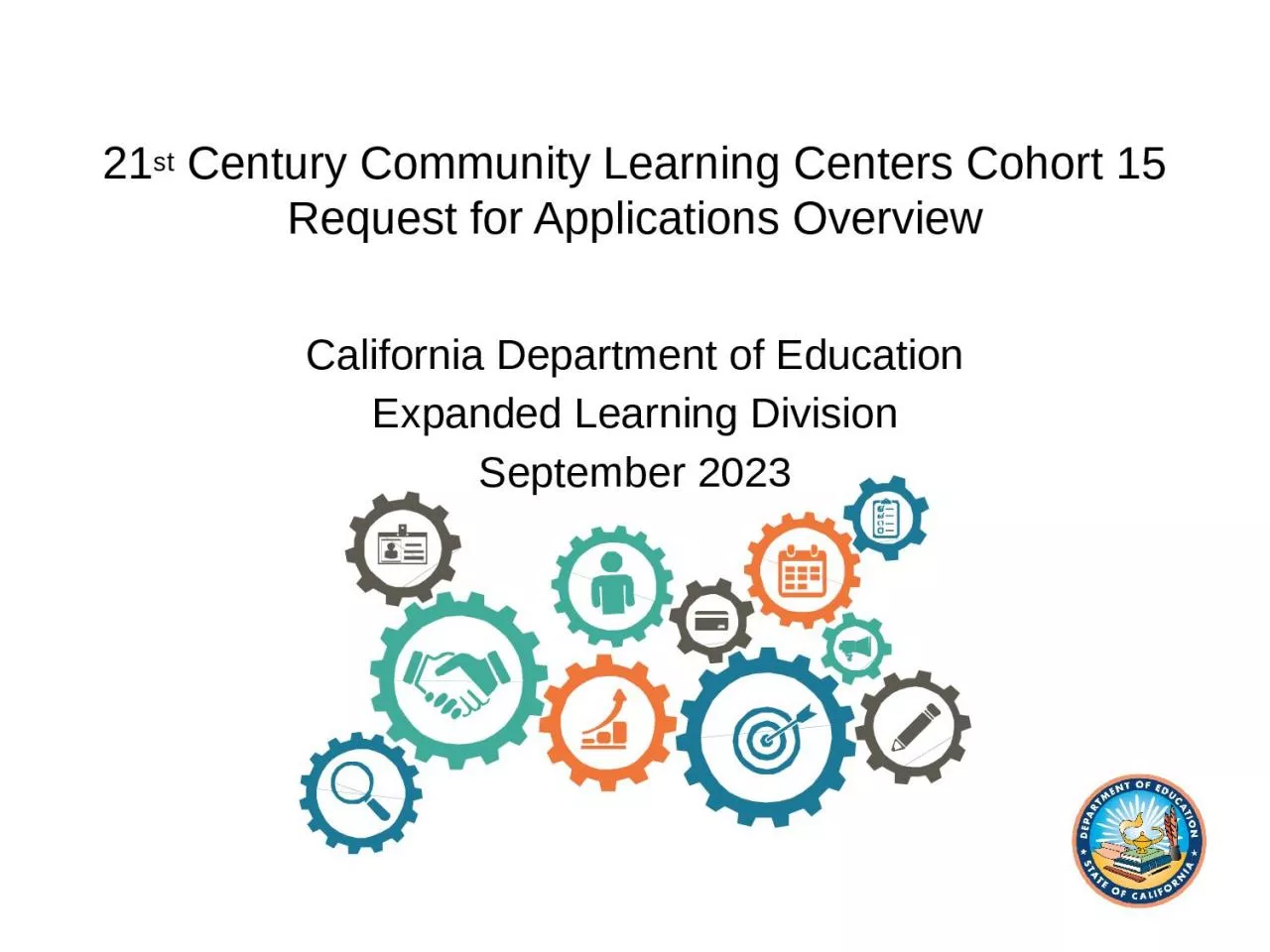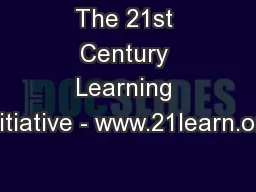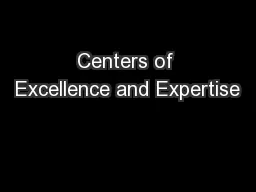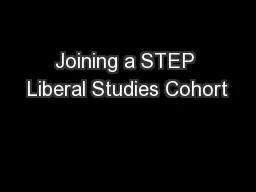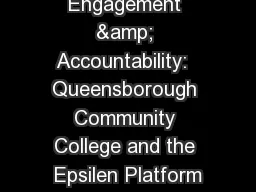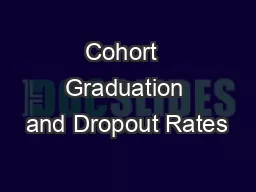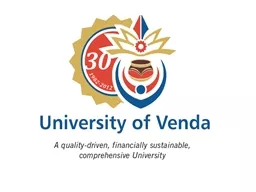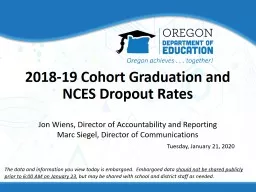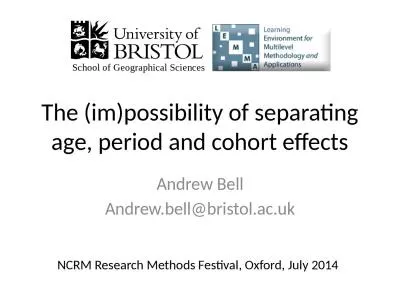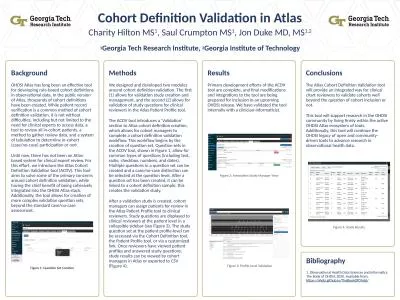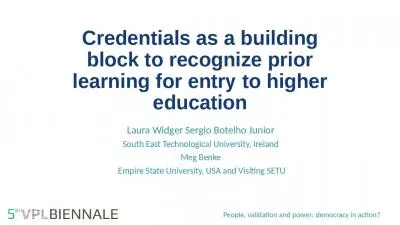PPT-21 st Century Community Learning Centers Cohort 15
Author : elizabeth | Published Date : 2024-02-02
Request for Applications Overview California Department of Education Expanded Learning Division September 2023 Objectives Background and Purpose Components amp Eligibility
Presentation Embed Code
Download Presentation
Download Presentation The PPT/PDF document "21 st Century Community Learning Center..." is the property of its rightful owner. Permission is granted to download and print the materials on this website for personal, non-commercial use only, and to display it on your personal computer provided you do not modify the materials and that you retain all copyright notices contained in the materials. By downloading content from our website, you accept the terms of this agreement.
21 st Century Community Learning Centers Cohort 15: Transcript
Download Rules Of Document
"21 st Century Community Learning Centers Cohort 15"The content belongs to its owner. You may download and print it for personal use, without modification, and keep all copyright notices. By downloading, you agree to these terms.
Related Documents

